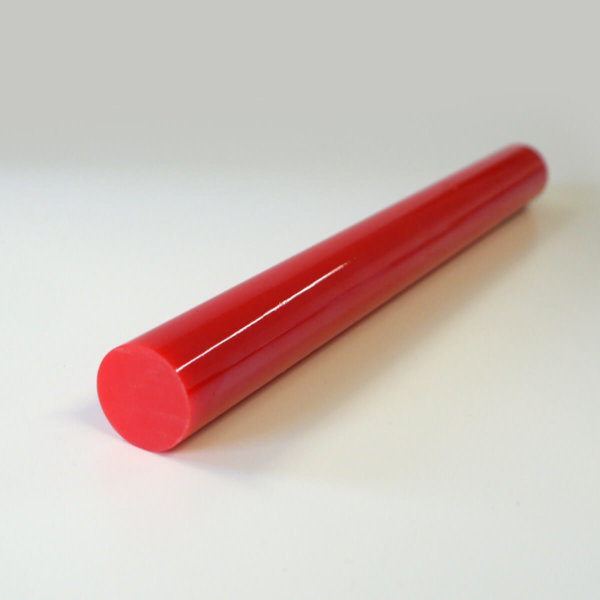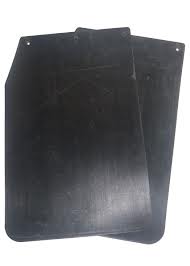Polyurethane is a versatile, resilient type of plastic that is now found almost everywhere in daily life. Combining the flexibility of rubber with the toughness of metal, it has become a vital component in a huge range of everyday products, from wheels and refrigerators to clothes, shoes and mattresses.
It is now widely used by numerous industries including engineering, energy, communications, and agriculture.
How is polyurethane made?
A simple explanation is that Polyurethane is made from two main chemicals, polymers and urethane, which are combined during a chemical reaction to create a versatile and adaptable formula.
The more complex explanation is that Polyurethane is a type of polymer. Polymers are essentially chains of 3D structures formed of repeating, smaller units known as monomers. Monomers contain hydrogen, carbon, nitrogen and oxygen.
The chains are made when the smaller links are hooked together, which is known as ‘polymerising’.
This particularly potent polymer is formed by reacting a number of polyols with diisocyanate (MDI, TDI) in the presence of other additives and catalysts. By introducing different ingredients such as blowing agents, catalysts and flame retardants into the chemical process, the flexibility or rigidity of the finished product can be altered.
This means a huge range of products can be manufactured using polyurethane, including flexible and rigid foams, integral skin foams, paints, adhesives, chemical and flame-resistant coatings, and sealants.
How did polyurethane become so popular?
Invented in the 1930s by Professor Otto Bayer and his colleagues for IG Farben in Leverkusen, Germany, it came to prominence during the Second World War as an inexpensive alternative to rubber, which was hard to acquire at the time.
It was quickly adapted for other uses, including the manufacture of mustard gas-resistant masks and aeroplane finishes. Applications for polyurethane coating quickly grew and it became integral to different corrosion-resistant coatings and flame-resistant clothing.
In the late 1950s, the development of polyether polyol enabled the production of low-cost flexible foams, opening up new markets for polyurethane used in upholstery for homes, workplaces and vehicles.
Types of Polyurethane
- Rigid polyurethane foams
- Flexible polyurethane foams
- Thermoplastic polyurethanes
- Polyurethane ionomers
- Coatings, adhesives, sealants, and elastomers
- Binders
- Waterborne polyurethane dispersions
- Reaction Injection Molding (RIM)
What can Polyurethane be used for?
Polyurethane can be cast into virtually any shape or form, and this property combined with its immense durability has helped it become a widely-used material found in most modern environments.
With a higher load-bearing capacity than rubber, it’s ideal for heavy-duty equipment, such as fork trucks and shock-absorbing pads.
Notable uses include microcellular foam seals and gaskets, rigid foam insulation panels, high-resilience foam seating, durable elastomeric wheels and tires on roller coasters, shopping carts, escalators, elevators and skateboard wheels, and automotive suspension bushings.
It is also now relied upon heavily to mitigate abrasion issues that often occur with machine parts, which can cause unnecessary periods of downtime, reducing productivity and putting profits at risk.
Using polyurethane parts can usually prevent the problem. Polyurethane can often outperform and outlast rubber, other plastics and even metal in many of its applications.
If you would like to know more about polyurethane and how it can be used, please call us on 01594 844 445 or email sales@cmponline.co.uk.
Want to find out how much it will cost to make your products?




